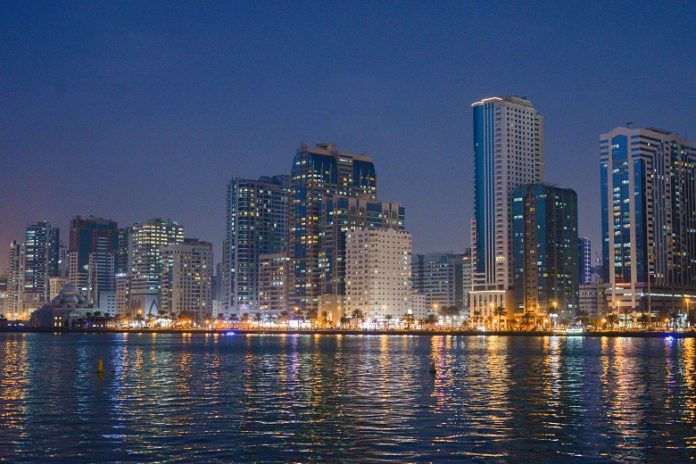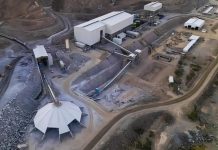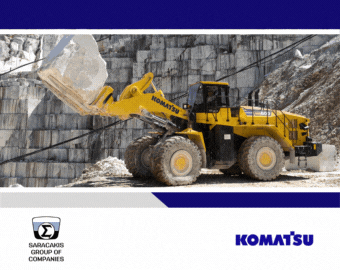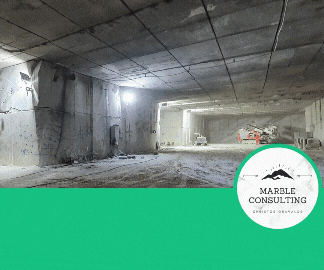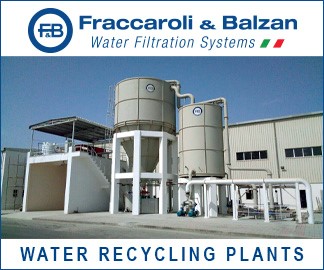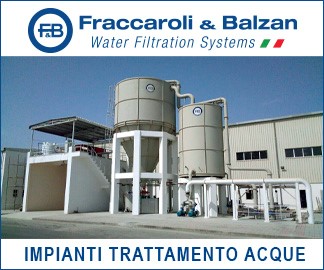The Gulf Cooperation Council (GCC) region has witnessed unprecedented growth in its construction sector, with $1.4 trillion worth of projects awarded in the last decade, according to research presented by Ed James of MEED GlobalData Plc. This robust growth creates a wealth of opportunities for the natural stone industry, encompassing materials and processing technologies. Below, we explore the key factors driving this trend and its implications for stakeholders in the industry.
1. Growing Demand for Natural Stone
Population growth and rapid urbanization in the Gulf are fueling a surge in construction projects. Key sectors such as infrastructure, residential, and commercial developments rely heavily on natural stone for applications like facades, flooring, and cladding. The emphasis on aesthetic appeal, durability, and versatility makes natural stone a preferred choice for these projects.
2. Boost for Local Materials and Businesses
While specialized materials and equipment are often imported, the majority of construction materials in the GCC are sourced locally. This trend benefits local stone quarries and processing firms, providing an opportunity to meet the increasing demand for natural stone. Additionally, the region’s high-quality materials can position GCC companies as significant players in the global export market.
3. High-End Materials for Luxury Projects
Mega-developments like Saudi Arabia’s NEOM, AMAALA, and the Red Sea Project are setting new benchmarks in luxury and innovation. These “Giga Projects” demand premium materials to match their ambitious designs. High-quality natural stones are essential for creating elegant and durable features, such as facades, interiors, and outdoor landscapes.
4. Sustainability as a Priority
The GCC’s construction industry is increasingly focusing on sustainability and energy efficiency. Natural stone, when extracted and processed sustainably, aligns well with these goals. It integrates seamlessly into green building initiatives and can contribute to certifications such as LEED (Leadership in Energy and Environmental Design). While discussions around “green” cement and steel are gaining traction, the practical implementation remains limited, giving natural materials like stone a competitive edge.
5. Integration of BIM Technology
The rise of Building Information Modeling (BIM) in the GCC’s construction landscape offers a transformative opportunity for the natural stone sector. BIM allows for the incorporation of detailed models of stone elements from the early design phases, optimizing resource allocation, improving project efficiency, and minimizing waste.
6. Iconic Projects as a Showcase for Quality
Ambitious developments such as Dubai’s New Murabba and the expansion of Al Maktoum International Airport showcase the role of high-quality natural stone in creating iconic structures. These projects highlight the aesthetic and structural advantages of stone, reinforcing its importance in the region’s architectural identity.
7. Residential Developments Driving Demand
In addition to high-profile projects, the Gulf is witnessing a surge in residential construction to accommodate its growing population. Natural stone is a favored material for its timeless appeal, durability, and ability to enhance the value of properties, ensuring strong demand in this sector.
Conclusion
The GCC’s construction boom represents a golden opportunity for the natural stone industry. Local quarries and processing firms stand to benefit from rising demand for high-quality materials, particularly in luxury and sustainability-focused projects. Furthermore, technological advancements like BIM are streamlining processes, while iconic projects reinforce the essential role of natural stone in the region’s architectural landscape.
To capitalize on these opportunities, industry players must focus on sustainable practices, innovation, and collaboration with regional developers. As the Gulf continues its trajectory of growth, the natural stone industry is poised to be an integral part of its transformation.



